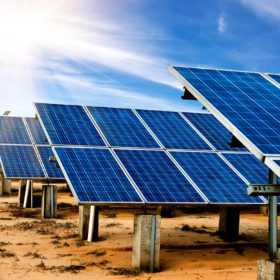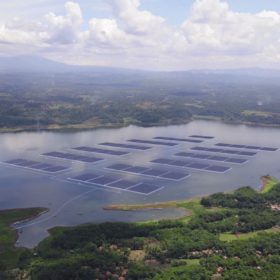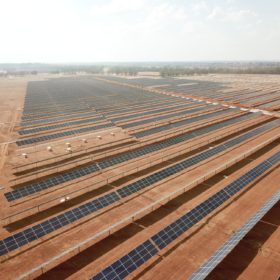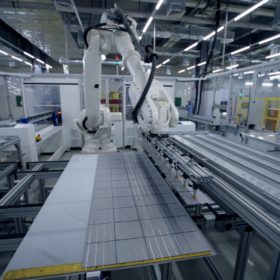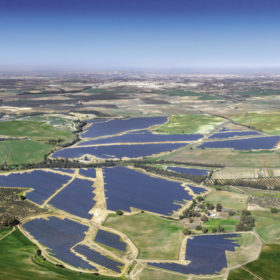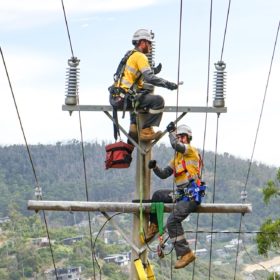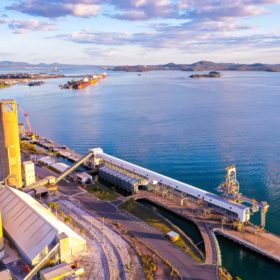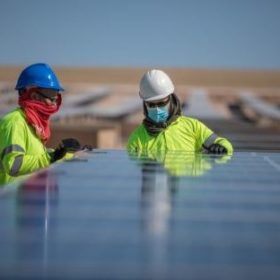Module and shipping cost inflation could cost the world 50 GW of solar next year
The input costs of the two biggest contributors to solar plant development expense have gone through the roof since the world began to come out of Covid-19 lockdowns, to leave project developers with some difficult choices.
Sunday read: Indonesia’s largest floating PV project – under the surface
The 145 MW Cirata floating PV project achieved financial close in August. The developers claim that the array, which covers 200 hectares of the water’s surface, is an example of transferring new technology that will pave the way for Indonesia’s solar industry and enable the setting of new policies.
Canadian fund Omers plans to acquire 49% of FRV Australia
Fotowatio Renewable Ventures’ (FRV) Australian platform includes 637 MW (DC) in projects already operational or under construction, and a pipeline comprising 7 GW of solar projects and 1.3 GWh of battery storage.
EDF Renewables invests in Vietnamese PV rooftop market
The French energy group has invested an undisclosed sum in Vietnam’s SkyX Energy. The goal is to install 200 MWp of C&I PV rooftop capacity in the country.
Reliance Industries acquires 100% stake in REC Group, plans new manufacturing bases
India headquartered multinational Reliance Industries, through its subsidiary Reliance New Energy Solar Limited, yesterday announced the acquisition of Norway headquartered module manufacturer REC Group. The move comes as Reliance pushes forward with its US$10 billion plan to move in on the renewable energy industry, having also this week announced acquisition of a 40% share in EPC provider Sterling & Wilson.
Adani, Reliance to set up solar gigafabs in India
Adani, Reliance New Energy, Jindal India Solar and Shirdi Sai Electricals have been put on a shortlist for India’s production-linked incentive scheme for high-efficiency PV module manufacturing. The list includes 14 other companies vying for the incentives.
Sunday read: Price cannibalisation threatens PV growth
As solar deployment increases, concerns about price cannibalisation continue to be more and more relevant. Large-scale solar generation during midday hours may result in curtailment or unprofitable wholesale power prices. As supply increases, the economic viability of solar PV projects could fall into question.
Bidding war for Victoria’s transmission networks
A bidding war to buy AusNet and its Victorian electricity and gas assets has broken out between Canadian-headquartered Brookfield and Australia’s largest gas pipeline operator, APA Group.
Hydrogen hub
The federal government has announced it will extend its prospective national network of clean hydrogen hubs to each of Australia’s states. The move was welcomed by a number of industry bodies, though some say the program doesn’t go far enough with government spending still lagging our European counterparts.
Lightsource BP secures $2.5bn to develop 20-plus GW of new solar by 2025
The clean energy joint venture, which is half owned by British energy company BP, today said it expects to create around 500 jobs as it ramps up its solar portfolio from less than 4 GW to 25 GW in four years.
